What are Bifacial Solar Panels and How Can They be Utilised to Increase Efficiency and Generation in a Solar System?
April 2024
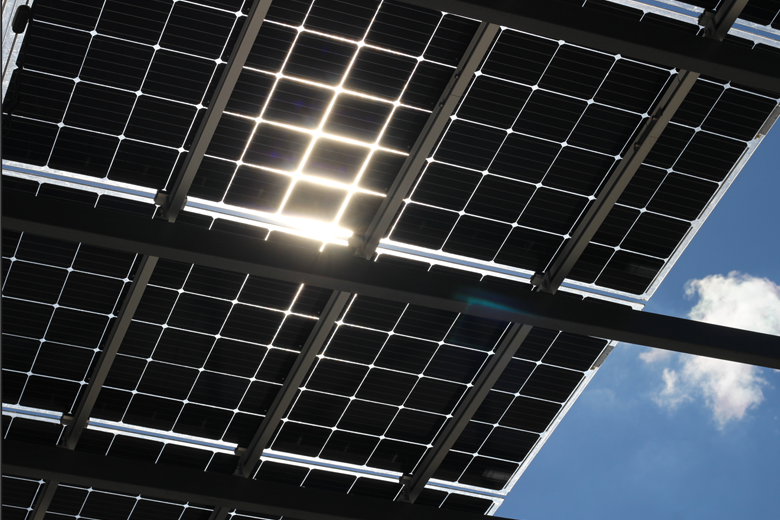
Renewable Energy solutions are fast finding favour across the globe, driven by government policy and corporate mandates. Like in most other sectors, technology in RE is constantly evolving on the back of better efficiencies, a robust supply chain and increased manufacturing of components. One innovation that this blog is going to discuss in detail is Bifacial Solar panels. This cutting-edge technology takes traditional Solar Energy to the next level by harnessing sunlight from both sides of a Solar panel, thereby significantly boosting energy production and efficiency. Let's delve into the world of bifacial solar panels and explore their benefits, applications, and potential impact on the Indian energy landscape.
Understanding Bifacial Solar Panels
So, what exactly are Bifacial solar panels? Unlike their Monofacial counterparts, which capture sunlight only on one side, bifacial solar panels benefit from capturing ambient light reflection, which is the unique ability to harness solar energy from both their front and back surfaces. While the front side absorbs direct sunlight, the back side captures reflected sunlight from surrounding surfaces such as the ground or nearby structures. This innovative design allows Bifacial panels to be exposed to more light, which in turn enables it to generate more renewable energy than traditional solar panels, potentially boosting energy output by up to 30%.
How do Bifacial Solar Panels work?
The mechanism behind the operation of Bifacial solar panels is fascinatingly simple yet effective. Similar to traditional solar panels, Bifacial panels absorb direct sunlight through their front surface, converting it into electricity. However, what sets them apart is their ability to capture additional sunlight that passes through the panel or is reflected off surrounding surfaces. This bounced-back light, which would otherwise go to waste, gets a second chance to be absorbed and converted into solar energy, maximizing the panel's efficiency.
Bifacial modules can be framed or frameless, composed of mono or poly crystalline cells, can be dual-glass or even use clear backsheets. They are more durable because both sides are UV resistant, and potential induced degradation (PID) concerns are reduced when the bifacial module is frameless.
The mounting of these modules is customised according to all of these factors. Extra attention has to be given to proper installation and design, in order to maximise their energy efficiency. Across the globe, module manufacturers are increasingly incorporating Bifacial technology owing to the growing demand for higher efficiency and yield amongst consumers.
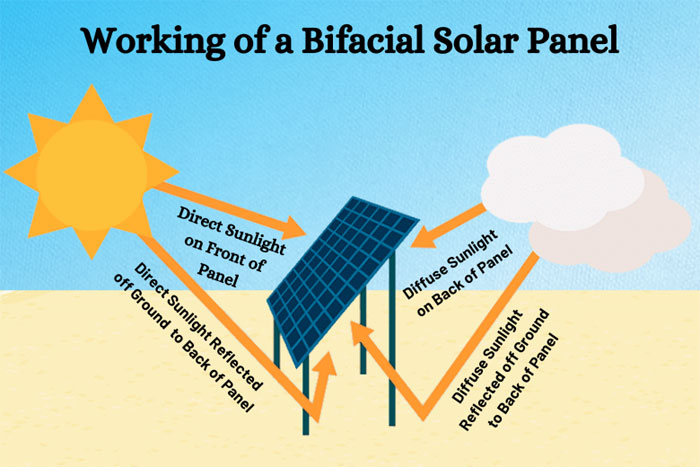
Bifacial Modules and its application in the C&I sector
The benefits of Bifacial modules can be fully exploited in the C&I (commercial and industrial) setting. Their higher initial costs, can be offset by the economic benefits owing to increased electricity output in the long-term for C&I capacities. They allow for more efficient use of limited availability of land space, which can be very beneficial in Solar parks. While bifacial panels may not be the optimal choice for residential rooftop installations due to their higher upfront cost, they are ideal for large-scale solar projects, such as ground-mounted arrays, elevated solar arrays on flat roofs, solar carports, and canopies.
Are Bifacial Modules the right choice for India’s Corporate Consumers?
In India – the adoption of Bifacial panels has been low since inception, mainly because of lack of awareness, availability and higher costs. However, with increased global adoption, corporate consumers in India are increasingly waking up to the benefits of Bifacial modules. Realisation is dawning that the increased output and associated monetary benefits outweigh the requirement of customisation of mounting systems and a higher Albedo factor. The fact that Bifacial modules are increasingly becoming cost-competitive with their Mono counterparts, is also driving their adoption mainstream.
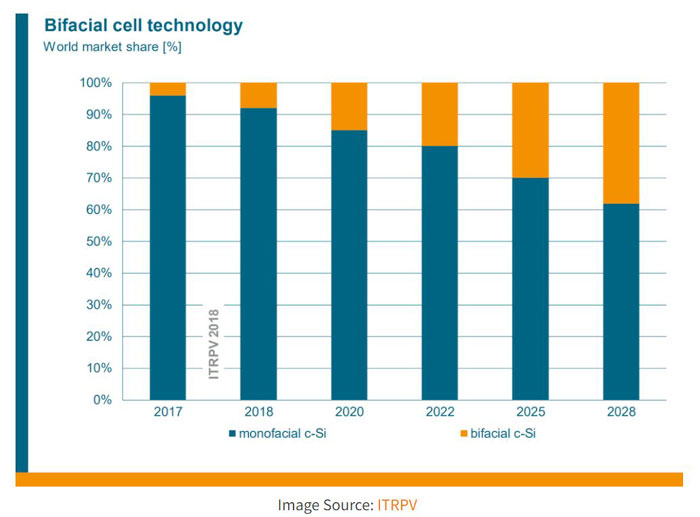
FPEL’s 2 MW Rooftop Solar System (Bifacial Modules) for Arisudana Industries, Punjab
At Fourth Partner Energy, the Client’s needs and energy requirement is always prioritised before our team of in-house experts design a customised RE solution. Leading Polyester Yarn manufacturer, Arisudana Industries was keen on kickstarting Energy transition and maximising output from the available roof space at its facility in Ludhiana, Punjab. After a thorough analysis of Arisudana’s energy consumption and site specifics, the design team proposed a 2 MW Rooftop Solar System, with Bifacial Modules to maximise energy output and cost-savings for the Client.
Arisudana today, can save approximately ₹2.23 Cr annually as a result of this innovative clean energy Rooftop system.
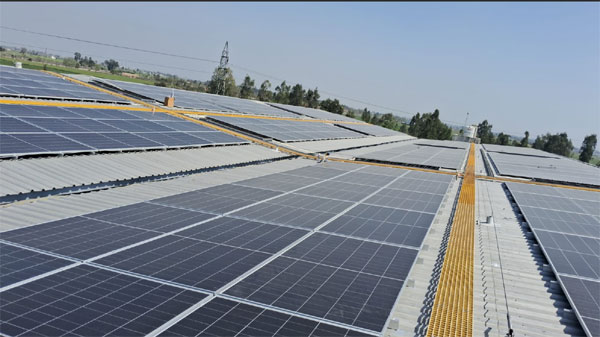
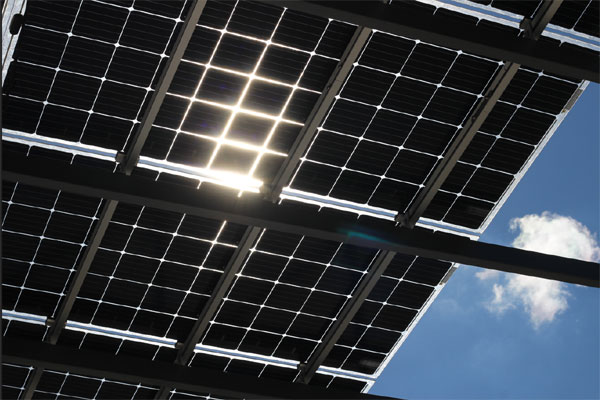
At FPEL, we are constantly focusing on technology, innovation and customisation to deliver the maximum electricity generation, at affordable costs to the Corporate consumer, in-line with our mission to accelerate India’s Energy Transition.
To know more about our Renewable Energy solutions and how they can benefit your business, please reach out to marketing@fourthpartner.co